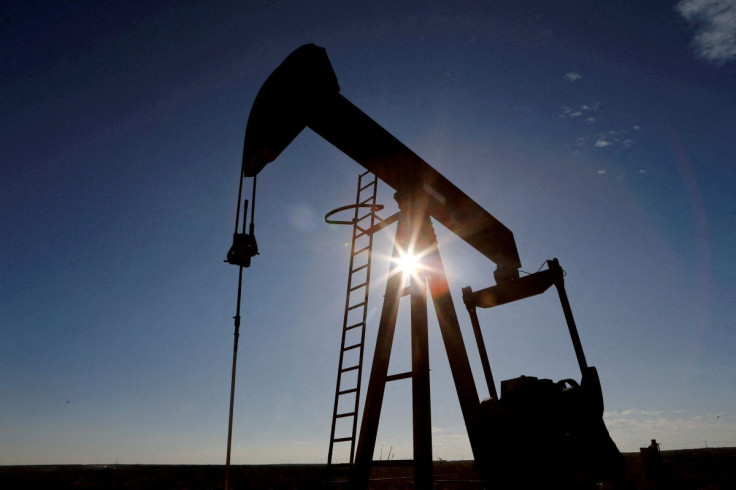Oil Slips Below $100 Again As Hot U.S. Inflation Weighs

Oil edge lower on Wednesday, a day after settling below $100 a barrel for the first time since April, under pressure from U.S. inflation figures that were seen to bolster the case for another big Federal Reserve interest rate increase.
Despite a tight physical oil market, investors have sold oil futures on worries that aggressive rate hikes to stem inflation will slow economic growth and hit oil demand. Prices fell by more than 7% on Tuesday in volatile trade.
Brent crude was down 33 cents, or 0.3%, at $99.16 a barrel at 1347 GMT, giving up an earlier gain. U.S. West Texas Intermediate crude fell 12 cents, or 0.1%, to $95.72.
The figures showed U.S. consumer prices accelerated to 9.1% in June as gasoline and food costs remained elevated, cementing the case for the Federal Reserve to hike interest rates by 75 basis points later this month.
"The inflation reading has blown past all expectations today and there is no doubt now that the Fed will be even more aggressive," said Naeem Aslam of Avatrade.
Brent is down sharply since hitting $139 in March, which was close to the all-time high in 2008. Renewed COVID-19 curbs in China have weighed on the market this week.
"Although I don't rule out more downside surprises, I believe the recent selloff could be getting a little overdone," said Jeffrey Halley of brokerage OANDA.
The decline in crude futures has yet to be reflected in the strong physical oil market. Forties crude, one of the grades underpinning Brent futures, was bid at a record high premium to the benchmark of plus $5.35 a barrel on Tuesday.
With the release of the inflation data, the latest U.S. supply report from the Energy Information Administration will be in focus. Analysts expect a decline in crude inventories, although the American Petroleum Institute on Tuesday reported they increased, sources said. [EIA/S]
The market is also watching U.S President Joe Biden's visit to the Middle East, where he is expected to ask Saudi Arabia and other Gulf producers to raise oil output.
© Copyright Thomson Reuters {{Year}}. All rights reserved.




















